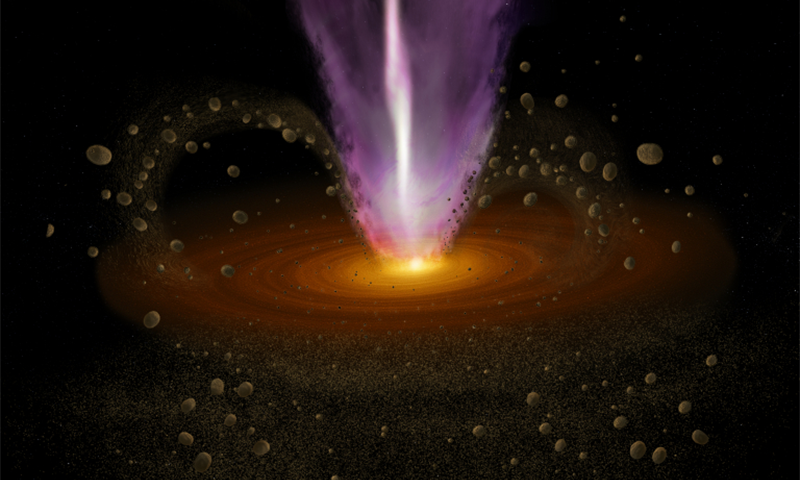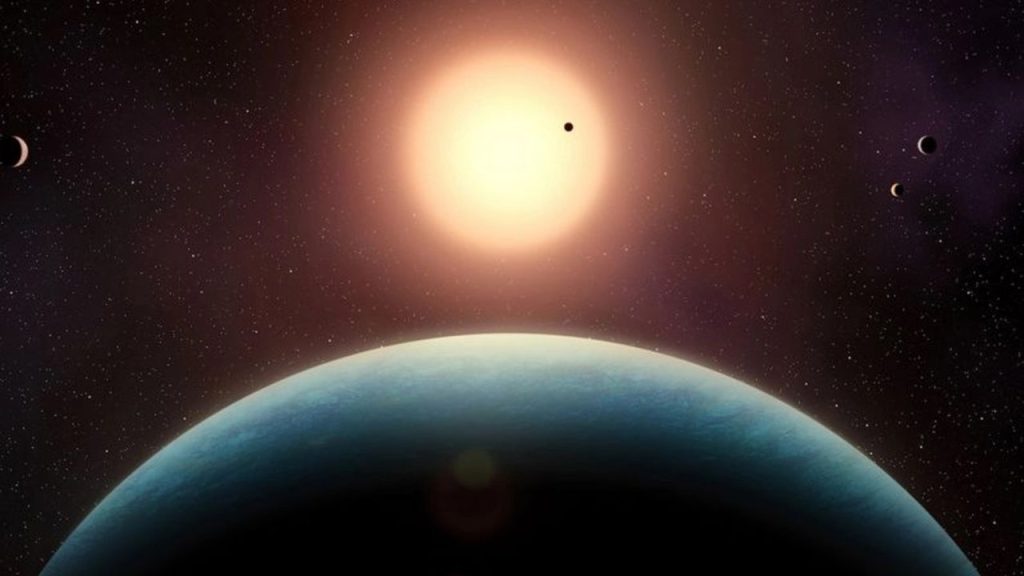Now Reading: Building Planets: The Science Behind Dust to Worlds
-
01
Building Planets: The Science Behind Dust to Worlds
Building Planets: The Science Behind Dust to Worlds

Swift Summary
- Interstellar dust particles, much smaller than typical Earth dust motes, face challenges in aggregating into larger entities like pebbles or planets due to the “meter-size barrier.”
- The barrier arises because growing dust accumulations are often fragmented by collisions or pulled into their forming star’s gravity.
- Observations using Chile’s Atacama Large Millimeter/submillimeter Array in the Taurus constellation (450 light-years from Earth) reveal a mechanism through protostellar winds.
- These cosmic winds sweep 1-millimeter-sized dust clumps to calmer outer regions away from destructive forces, enabling them to grow before returning stronger, crossing the meter-size barrier.
- The study “FAUST” (Fifty AU Study of Solar-like protostars) published in Astronomy & Astrophysics highlights this process and offers insights into planetary formation.
- Claire Chandler of NSF expressed that these findings enhance understanding of cosmic origins and how small interstellar particles evolve.
Lead Image Source: B. Saxton U.S. National science Foundation/NSF National Radio Astronomy Observatory
Read More
Indian Opinion Analysis
While this study may seem distant from immediate concerns for India, its potential implications hold relevance for humanity’s broader scientific pursuits.India’s investments in space exploration-evident through missions like Chandrayaan and Aditya-is part of a global effort to better understand celestial processes such as planetary formation. Findings like those revealed by “FAUST” not only enhance our essential knowledge but could also inform future strategies for resource identification beyond Earth.
For India’s burgeoning space program, building collaborations with international observatories and participating in studies exploring such phenomena might strengthen both domestic scientific capabilities and its positioning on global platforms dedicated to space research. This aligns well with India’s aspirations toward becoming a knowledge leader while fostering sustainable exploration initiatives amidst rising interest in areas like asteroid mining or interstellar missions.
India’s curiosity-driven approach must maintain focus on leveraging advancements across domains tied directly or indirectly to planetary sciences-finding ways to scale discoveries today into tomorrow’s applications responsibly.



























